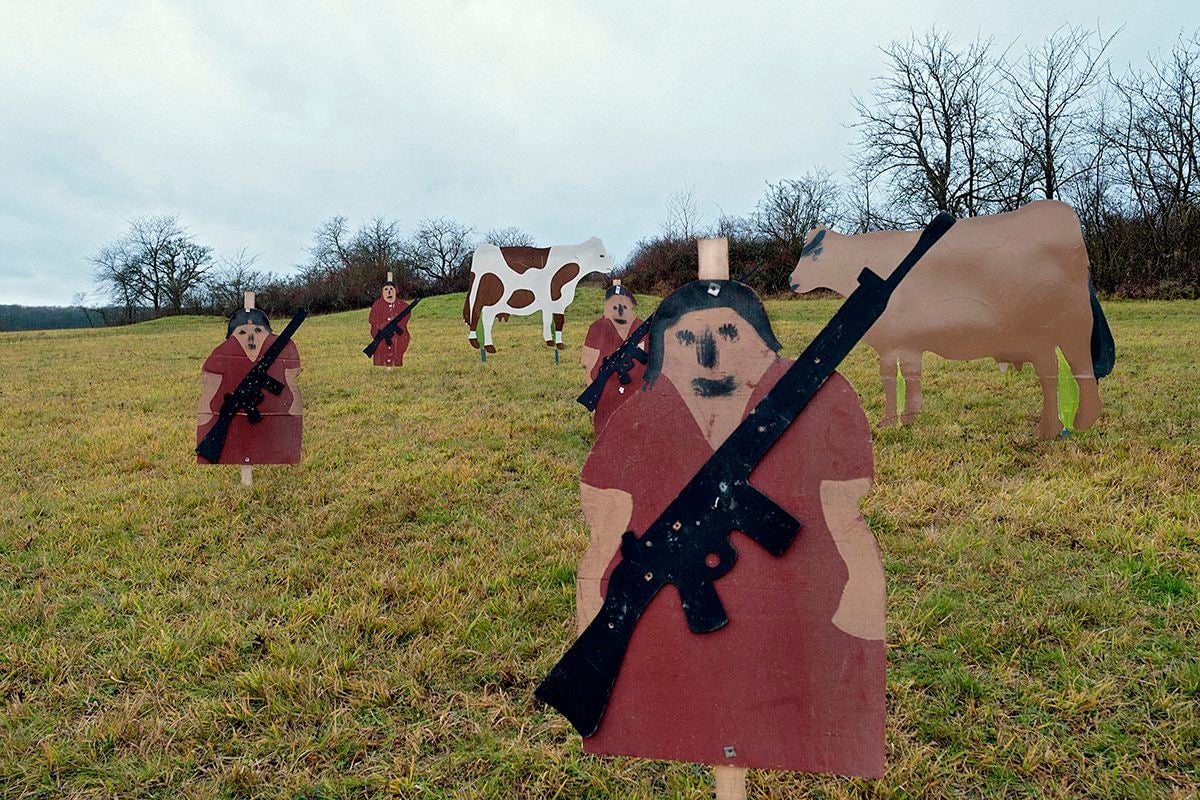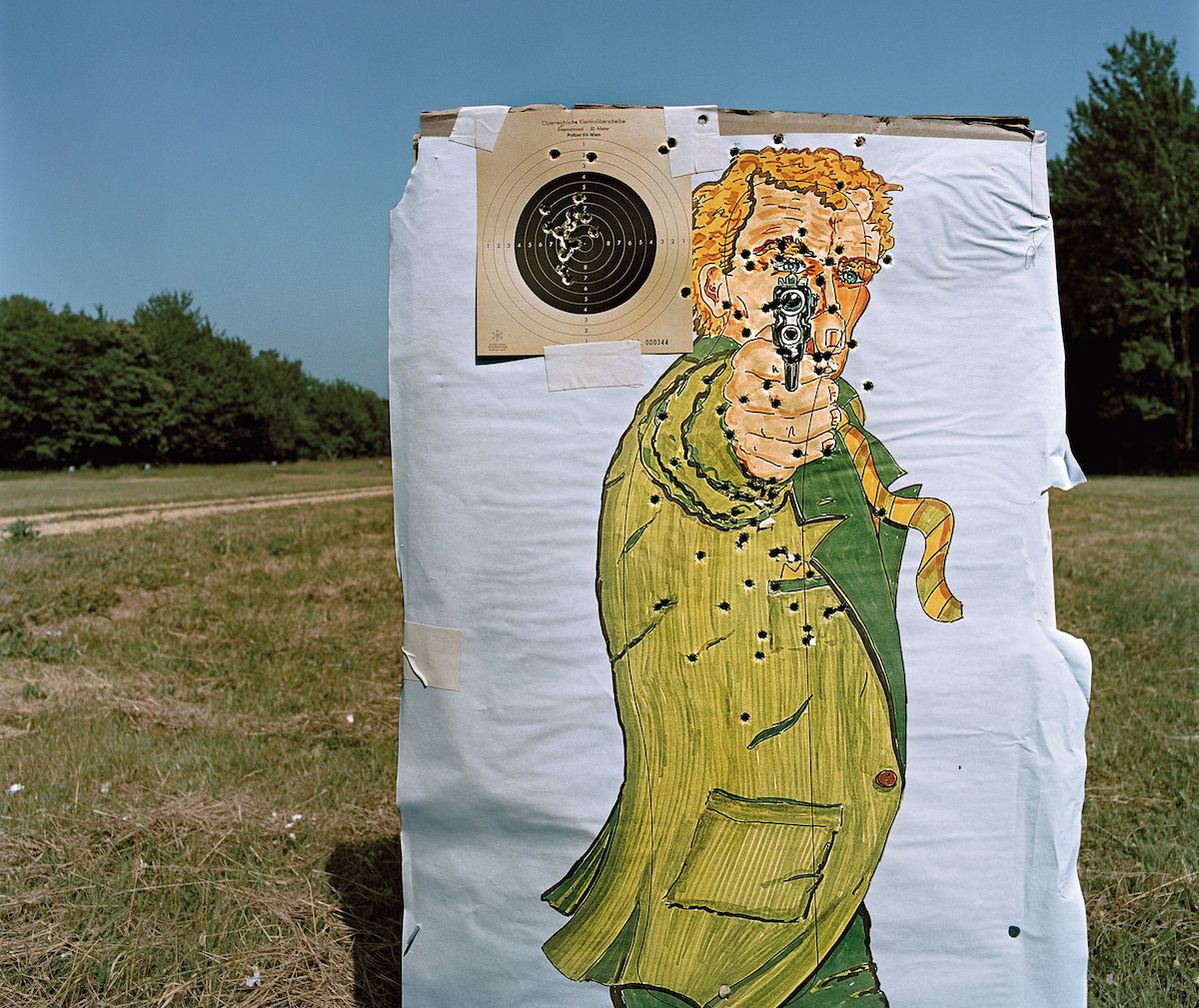How the world’s armies picture their enemies
You can often tell a country’s enemies by the targets its soldiers use for shooting practice. That’s what Herlinde Koelbl found while visiting the military shooting ranges of nearly 30 nations over the course of the past six years. Her photographs are collected in a recent book, Targets, and an exhibition at Berlin’s Deutsches Historiches Museum, up through October 5.
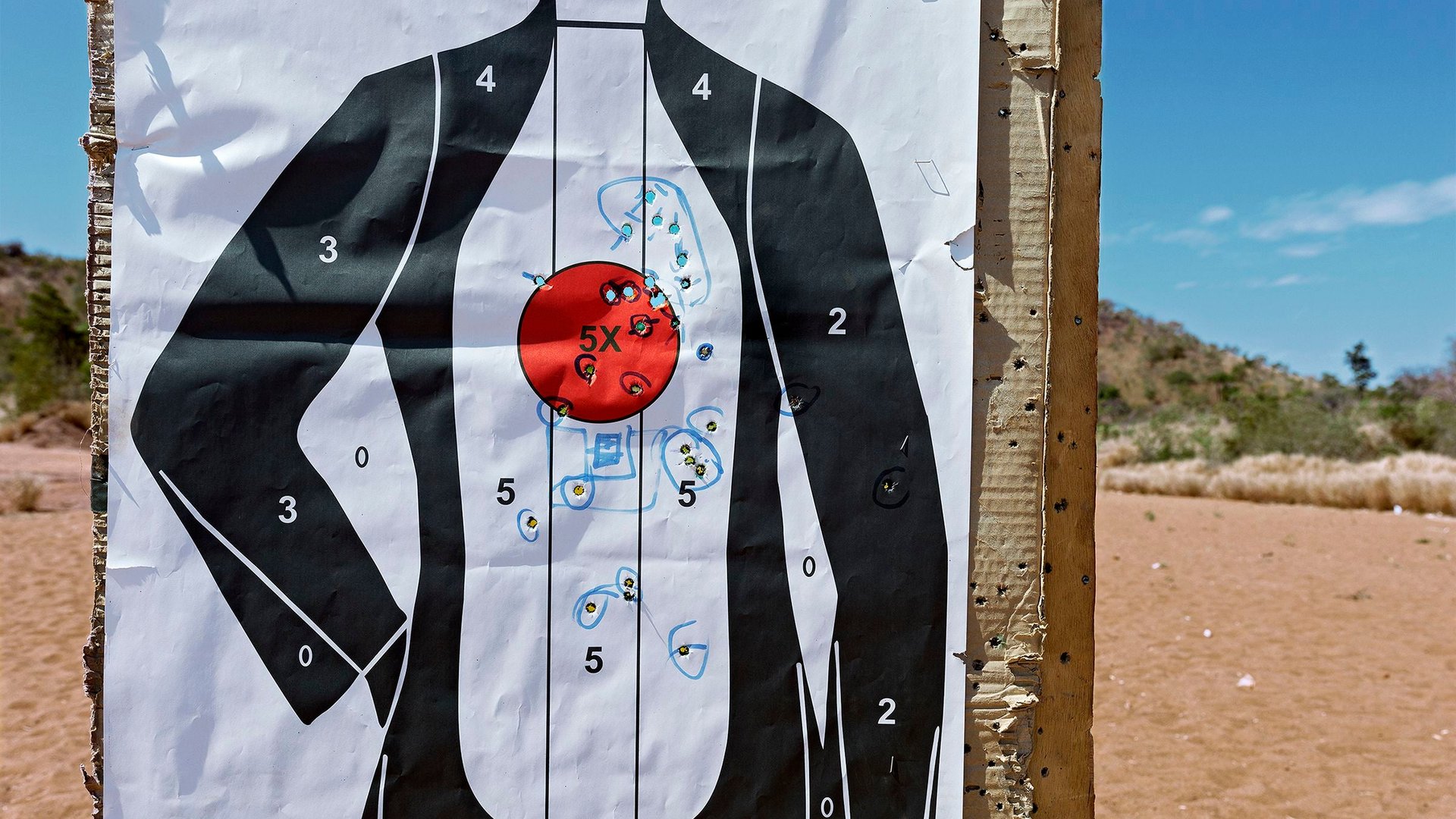

You can often tell a country’s enemies by the targets its soldiers use for shooting practice. That’s what Herlinde Koelbl found while visiting the military shooting ranges of nearly 30 nations over the course of the past six years. Her photographs are collected in a recent book, Targets, and an exhibition at Berlin’s Deutsches Historiches Museum, up through October 5.
At every stop in her travels, Koelbl wondered, she writes in the book’s introduction, ”Who is the bad man? What does he look like—the enemy that they are later expected to kill? Is he an abstract figure? Does it have a gender and if so, which? Are there cultural differences? Has the image of the enemy changed?” For the US, the target of choice was once a Soviet figure—”Ivan”—with a red star on his green helmet. Now, reflecting a change that’s taken place in much of the world, Ivan has largely been supplanted by Middle Eastern-looking men in jeans and keffiyehs or balaclavas.
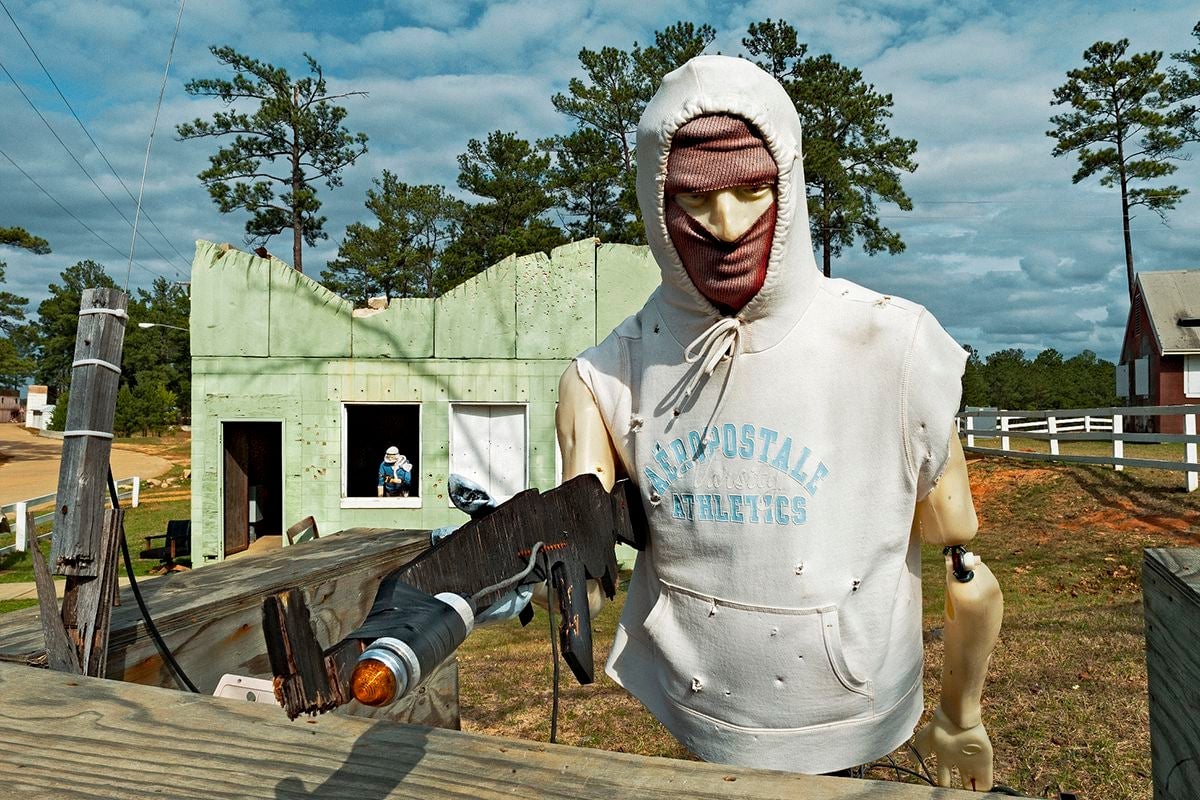
In Afghanistan and Ethiopia, “where every bullet counted,” the targets were makeshift and minimal: a mattress, a silhouette in wood. Non-state forces like the Kurdish PKK in northern Iraq and the Polisario Front in northwestern Africa used basic targets like stones, tin cans, or a painted circle. Britain’s colonial legacy was visible in South Africa, Kenya, and Uganda, all of which had the same targets as the UK. Elsewhere, duplicate designs told of the modern empire of globalization, with targets that were simply ordered from the same catalogue.
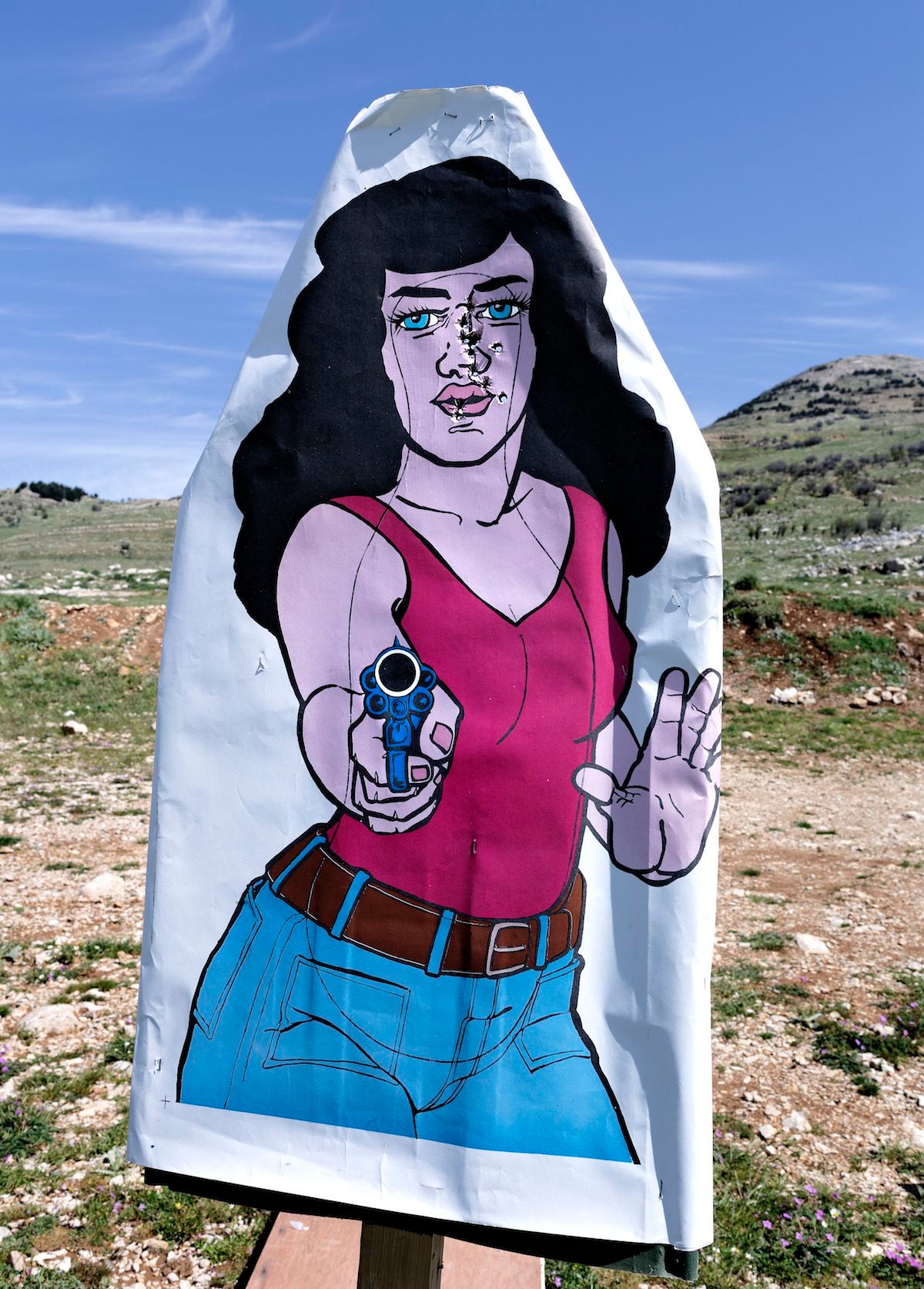
Koelbl saw more than just paper targets. She visited entire mock towns, created so soldiers can familiarize themselves with the enemy’s urban environment. One, in the California desert, was conceived by Hollywood designers, complete with minarets and shops laid out with rugs and plastic cuts of lamb. Israel gave a training village street signs in English and Arabic.
No matter which army she observed, Koelbl discovered common goals in its targets. One was to turn shooting into an exercise of muscle, not conscience. ”It sounds horrifying, but you have to learn to kill automatically in order to function,” one soldier told her. Another was to establish a firm line between the soldiers and the enemy. “Who is the enemy here?” Koelbl writes. “The enemy is always the other one.”
